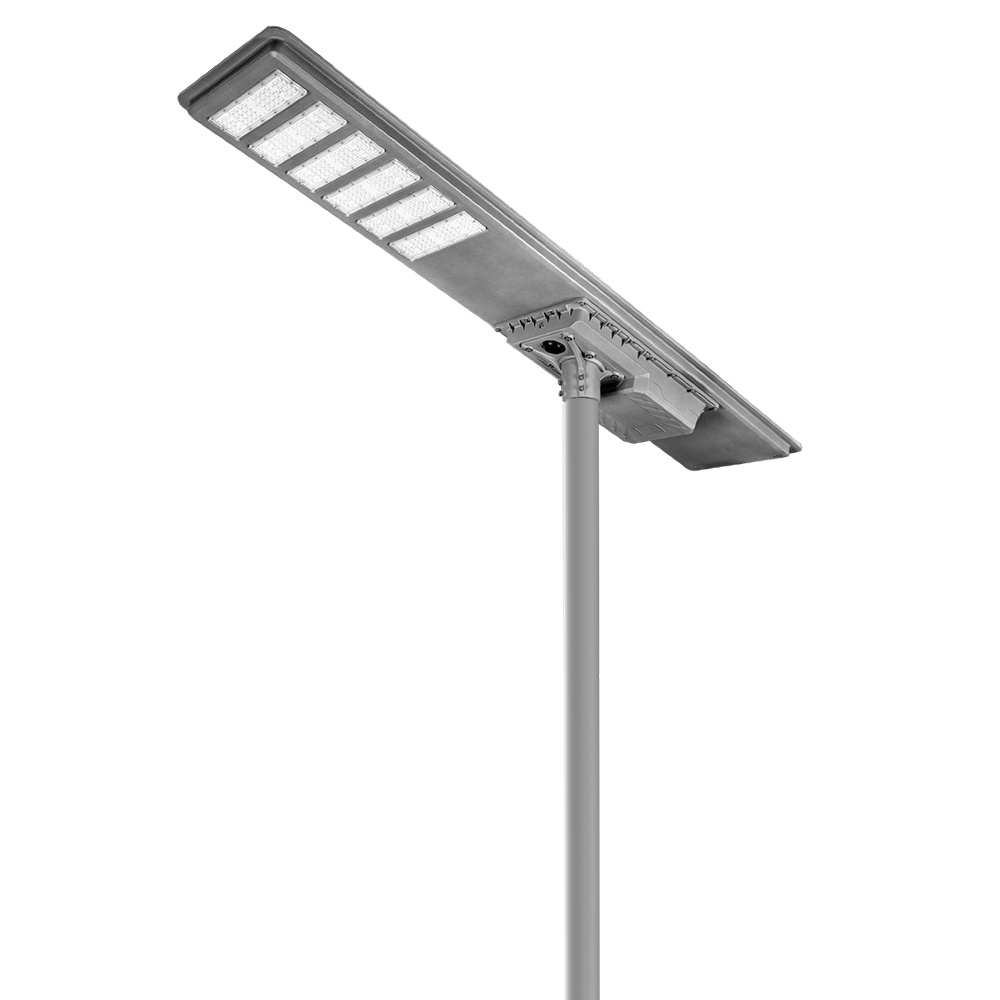Solar energy is one of the fastest-growing renewable energy sources worldwide. Whether you’re planning to install a home solar system or manage a commercial lighting project, understanding how to calculate solar panel power output is critical for system design and budgeting. This guide will walk you through the key steps and influencing factors.
1. Basic Formula to Calculate Solar Power
The general formula is:
Power Output (Watts) = Panel Wattage × Sun Hours × Number of Panels × System Efficiency
To calculate the energy produced per day (in kilowatt-hours):
Daily Output (kWh) = (Total Watts × Sun Hours × Efficiency) ÷ 1000
Example: You have 10 solar panels rated at 300W each, and your location gets 5 sun hours/day:
- Total Wattage = 10 × 300 = 3000W
- Daily Output = (3000 × 5 × 0.80) ÷ 1000 = 12 kWh/day (assuming 80% efficiency)
2. What Are Peak Sun Hours?
Peak sun hours refer to the equivalent number of hours per day when solar irradiance averages 1000W/m². This varies by region:
- California: ~5.5 hours/day
- UK: ~3 hours/day
- India: ~5.5–6 hours/day
You can find local values using tools like PVWatts, NASA POWER, or Google Project Sunroof.
3. System Efficiency Factors
Not all sunlight gets converted into usable energy. Losses occur due to:
- Inverter efficiency (usually 90–95%)
- Dirt, shading, or incorrect tilt angles
- Wiring resistance
- High ambient temperatures
Typical system efficiency ranges from 75% to 85%.
4. Other Factors That Affect Output
- Installation Angle & Direction: South-facing is ideal in the Northern Hemisphere.
- Weather & Seasons: Cloudy days and winter months reduce output.
- Panel Degradation: Panels lose about 0.5–0.8% efficiency per year.
5. Daily, Monthly, and Annual Energy Output
To estimate long-term production:
- Monthly: Daily Output × 30
- Yearly: Daily Output × 365
Example: 12 kWh/day results in ~360 kWh/month and ~4,380 kWh/year.
6. Recommended Tools
- PVWatts Calculator (by NREL)
- SolarReviews Solar Estimator
- Google Project Sunroof (US only)
7. Why This Matters for Solar Street Lights
For solar street lights and off-grid systems, accurate energy calculations are essential to:
- Match battery capacity
- Ensure consistent night lighting
- Handle cloudy days and energy storage
Tip: Oversize your panel capacity by at least 20% to account for losses and future degradation.
FAQs: Frequently Asked Questions
- Q1: How much power does a typical solar panel generate daily?
- A 300W panel under 5 peak sun hours produces around 1.2–1.5 kWh/day.
- Q2: How do I know how many sun hours my area gets?
- Use online tools like PVWatts or local solar maps to get your location’s peak sun hours.
- Q3: Do solar panels work on cloudy days?
- Yes, but output drops by 60–80% depending on cloud density.
- Q4: How much energy can 10 panels produce in a year?
- Assuming 1.2 kWh/day/panel, 10 panels produce ~4,380 kWh/year.
- Q5: What’s the difference between watts and kilowatt-hours?
- Watts measure power at a moment; kWh measures energy over time.
About Guangdong Queneng Lighting Technology Co., Ltd.
Founded in 2013, GuangDong Queneng Lighting Technology Co., Ltd. specializes in solar street lights, solar garden lights, LED lighting systems, photovoltaic panels, portable power solutions, and energy storage systems. Our products are certified by ISO 9001, TÜV, CE, UL, BIS, and more, ensuring reliable quality for global projects.
We provide end-to-end energy solutions for smart lighting and solar infrastructure, helping businesses and governments reduce carbon footprints and energy costs.


























